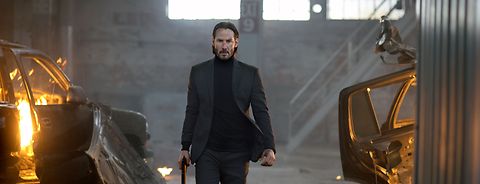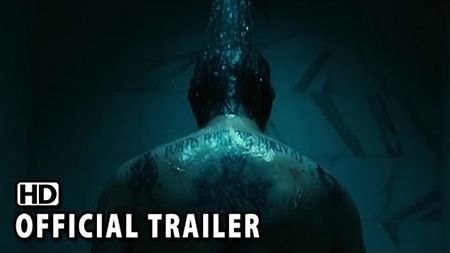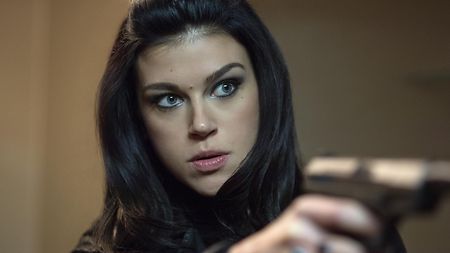Keanu Reeves plays the title character in "John Wick," portraying a former hit-man who is drawn back to his past life after being violently attacked in his own home. Directed by former stunt coordinators Chad Stahelski and David Leitch, the movie contains more than its fair share of action, but also boasts a bold and distinctive look crafted by cinematographer Jonathan Sela, whose previous credits include "A Good Day To Die Hard" and "Max Payne." Sela chose to work with ALEXA XT cameras, combining anamorphic with spherical lenses and capturing in ARRIRAW to maximize image quality for a 4K cinema release.
How and why was ALEXA chosen for this film?
Well, this was my first digital movie; all the commercials I've shot for the last couple of years have been digital, but this was the first feature. When we started talking about what kind of a look would be right for the movie I was pushing for a mix of ARRICAM and ALEXA, so a blend of film and digital. Everybody loved the idea but when you run the numbers of having two packages and also the cost of film, it gets too expensive, so we decided to work entirely with the ALEXA. It's the camera I've used on commercials so I knew I was comfortable with the ALEXA and I knew I liked it.
What kind of a look did you and the directors want?
Our main visual idea for the film was to achieve two different looks, one for John Wick's normal life before the action begins and the other for the underground world he is drawn back into. We wanted the first look to be soft and clean, and the second to be grittier, darker and sharper. For cost reasons we were shooting with just the one camera format, so I used different lenses and contrasting camerawork to create these two distinct looks. The first part of the movie is more static and then when John Wick goes back to being a hit-man, the camera never stops moving.





